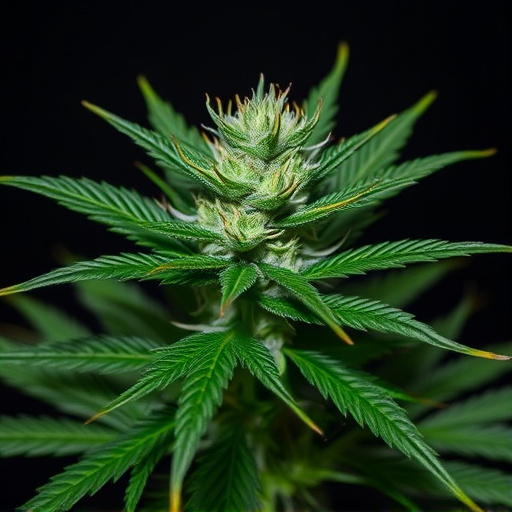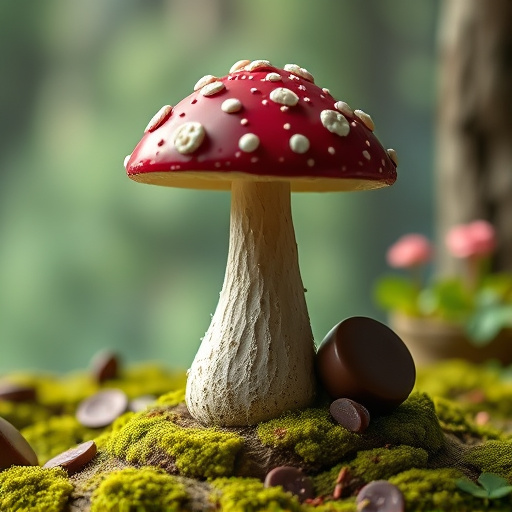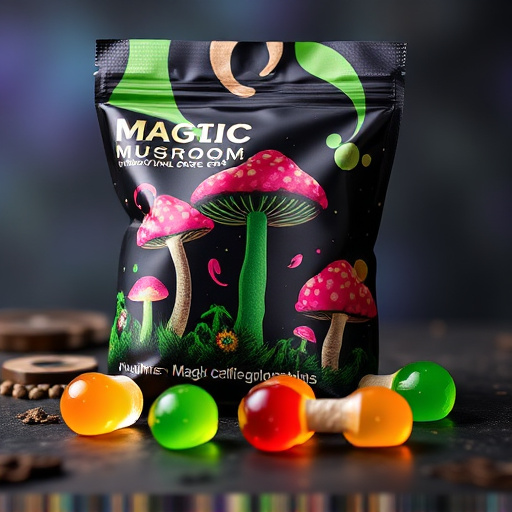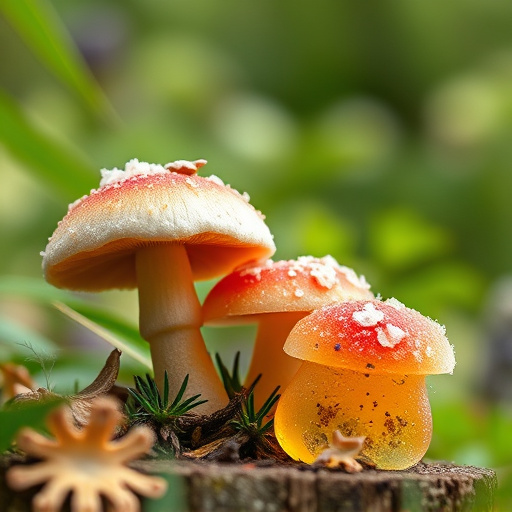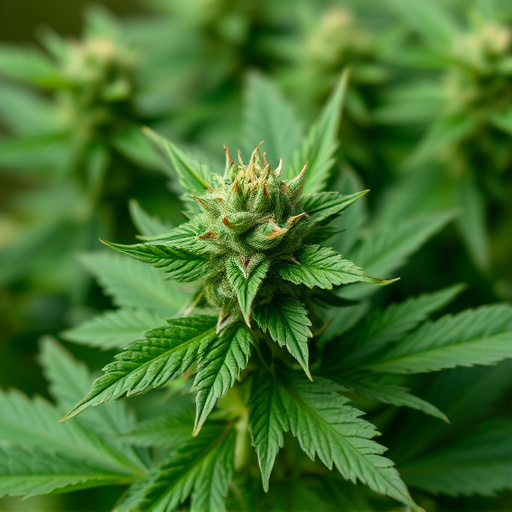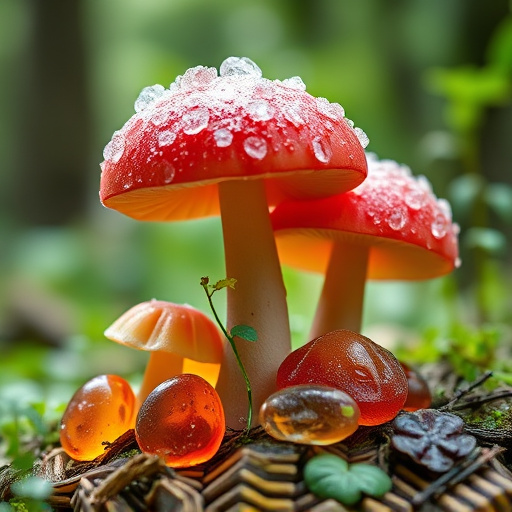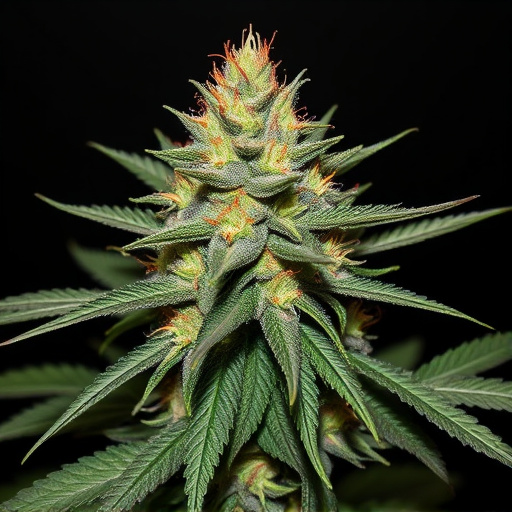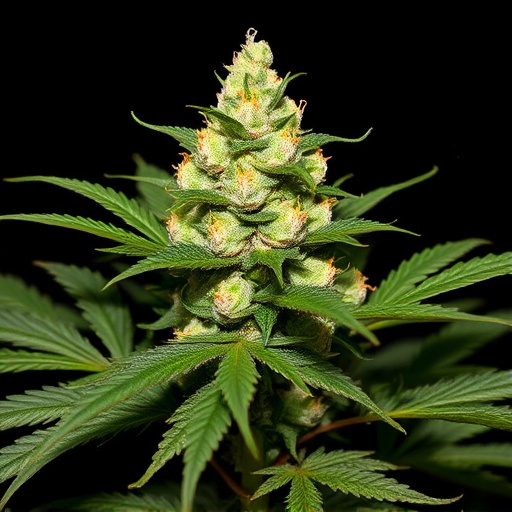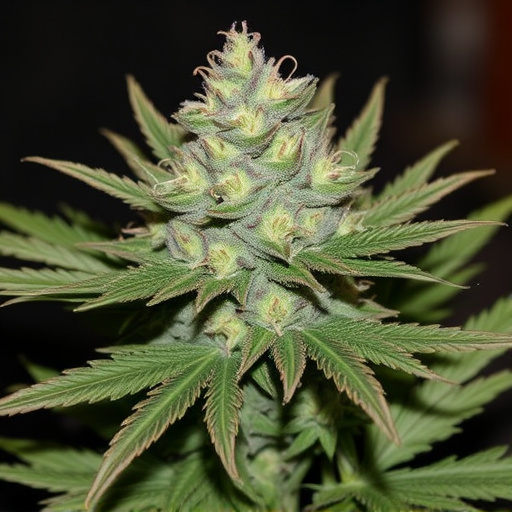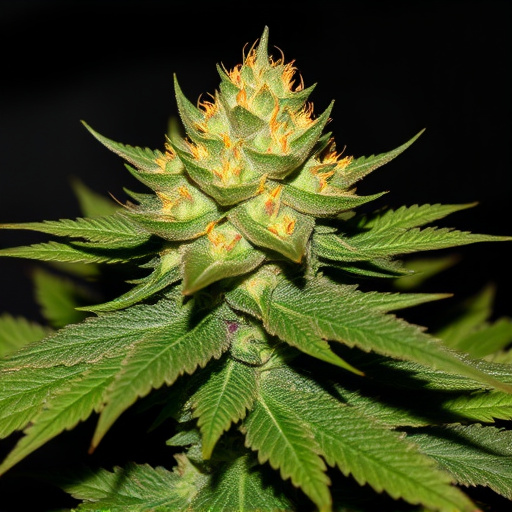Cultivating high-quality big bud strains requires meticulous attention to lighting (12/12 vs continuous light), climate control (65°F-85°F / 18°C-29°C) and humidity levels. LED technology allows precise control over light spectrums, balancing red and blue lights for optimal growth and cannabinoid diversity. Temperatures shift during vegetative to flowering stages: 70°F-85°F (21°C-29°C) to 65°F-75°F (18°C-24°C), respectively, enhancing the potency and aroma of big bud strains.
The quality of cannabis is deeply intertwined with its growing environment. From light and climate to soil nutrition and environmental stressors, each factor plays a crucial role in shaping the plant’s characteristics. This article explores these key elements, providing insights into how they impact cannabis production, specifically focusing on enhancing the potency and unique terpene profiles of Big Bud strains through optimal growing conditions. By understanding these relationships, cultivators can ensure top-tier cannabis quality.
- The Role of Light and Climate in Cannabis Growth
- – Understanding light spectrums and their impact on cannabinoid production
- – Ideal temperature ranges for different cannabis varieties
The Role of Light and Climate in Cannabis Growth

The quality of cannabis is significantly influenced by the growing environment, with light and climate playing pivotal roles in shaping its characteristics. Cannabis plants, particularly sought-after big bud strains, require specific lighting conditions to thrive. Different varieties have varying photoperiod requirements, necessitating controlled environments that mimic their natural habitats. For instance, some strains flourish under 12/12 light cycles, while others may prefer a 24-hour continuous light setup.
Climate control is equally vital. Cannabis plants are sensitive to temperature fluctuations. Ideal growth conditions involve maintaining temperatures between 65°F and 85°F (18°C to 29°C). Extreme heat or cold can stress the plants, impacting their ability to produce robust, potent flowers. Humidity levels should also be carefully managed, as both too much and too little moisture can lead to issues like mold or stunted growth. These environmental factors are key contributors to the distinct flavors, aromas, and effects associated with high-quality cannabis, including big bud strains known for their dense, resinous characteristics.
– Understanding light spectrums and their impact on cannabinoid production
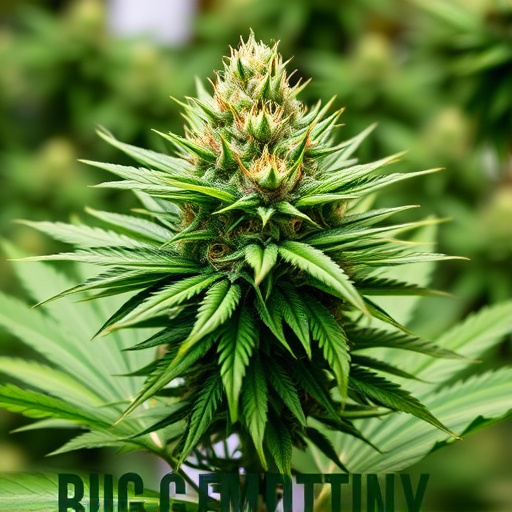
Cannabis plants, like many others, are highly sensitive to light, and this element plays a pivotal role in shaping their growth and cannabinoid profiles. Understanding light spectrums is crucial when cultivating high-quality cannabis, especially for big bud strains known for their robust effects and desirable traits. Different wavelengths within the visible light spectrum trigger specific responses in cannabis plants. Red and blue lights, for instance, are the primary drivers of photosynthesis, driving energy capture and conversion. However, modern growing techniques often employ LED technology that allows for fine-tuned light spectra, going beyond the natural sunlight spectrum.
By manipulating these spectrums, growers can influence cannabinoid production. Blue light is known to promote cell stretching and increase terpene synthesis, while red light stimulates chlorophyll development and can enhance the production of cannabinoids like THC and CBD. Balancing these wavelengths is an art, as excessive blue light may lead to stretched, weak plants, whereas too much red light could result in vegetative growth at the expense of flowering. For big bud strains, aiming for a balanced spectrum that supports robust plant health and cannabinoid diversity is essential to produce high-quality, potent cannabis.
– Ideal temperature ranges for different cannabis varieties
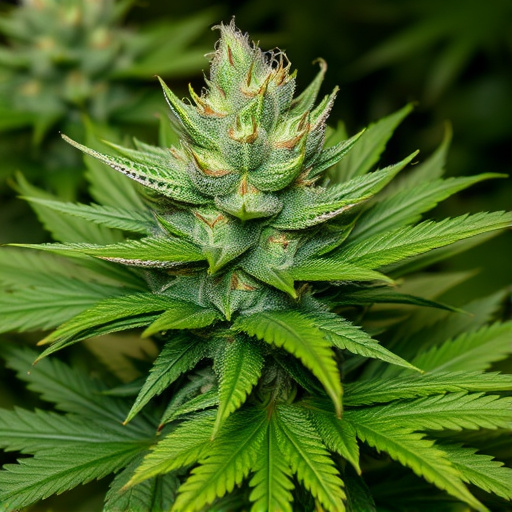
Cannabis plants, like many others, are sensitive to temperature fluctuations. The ideal climate conditions vary between different cannabis varieties, but most share a common preference for warm yet moderate temperatures. Typically, big bud strains thrive in environments ranging from 70°F to 85°F (21°C to 29°C) during the vegetative phase. This range promotes robust growth and dense, potent flower production.
However, as cannabis plants transition into the flowering stage, they often require cooler temperatures to initiate and optimize bud development. A slight drop in temperature, around 65°F to 75°F (18°C to 24°C), can signal to the plant that it’s time to start forming flowers, leading to more potent and aromatic final products, especially in big bud strains known for their heavy resin production.
In conclusion, the quality of cannabis is significantly influenced by its growing environment. Light and climate play pivotal roles in cannabinoid production, with specific light spectrums enhancing terpene profiles and ideal temperature ranges optimizing trichome development, particularly for sought-after big bud strains. By carefully controlling these factors, cultivators can produce high-quality, consistent cannabis that meets the evolving demands of consumers.

